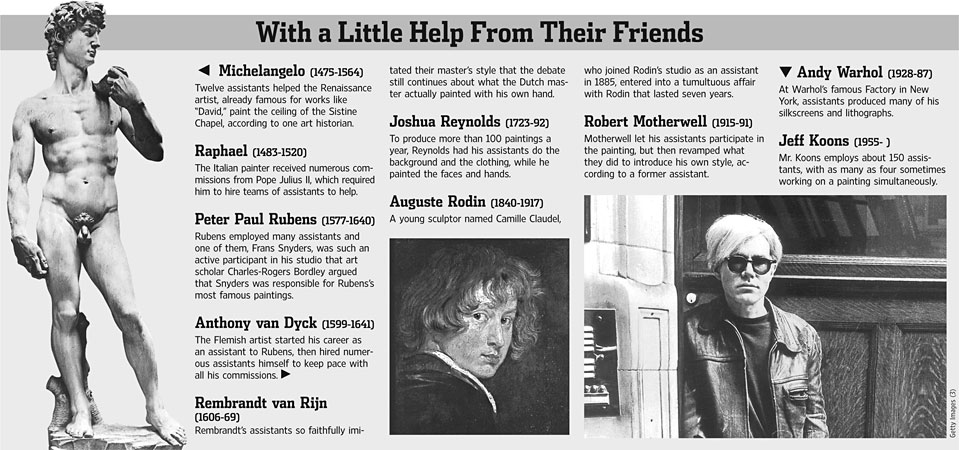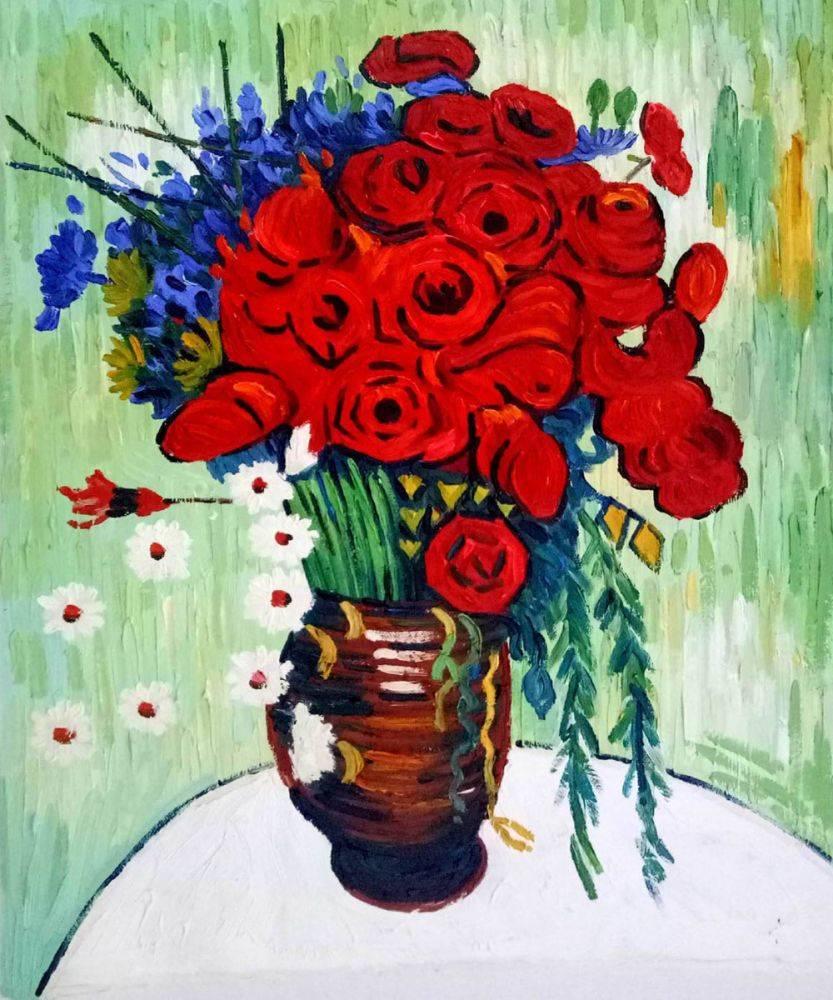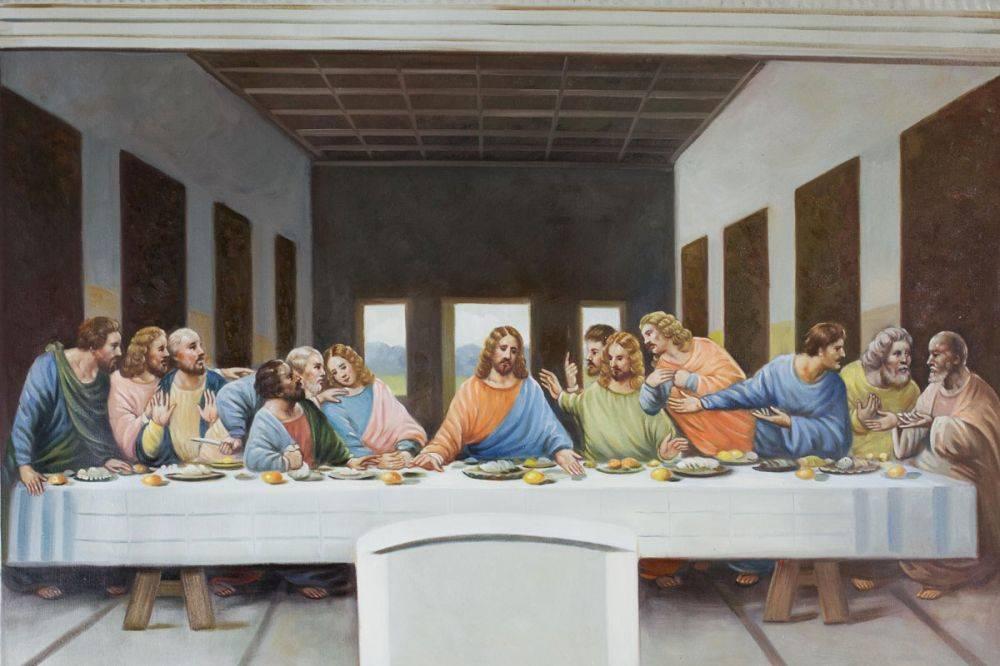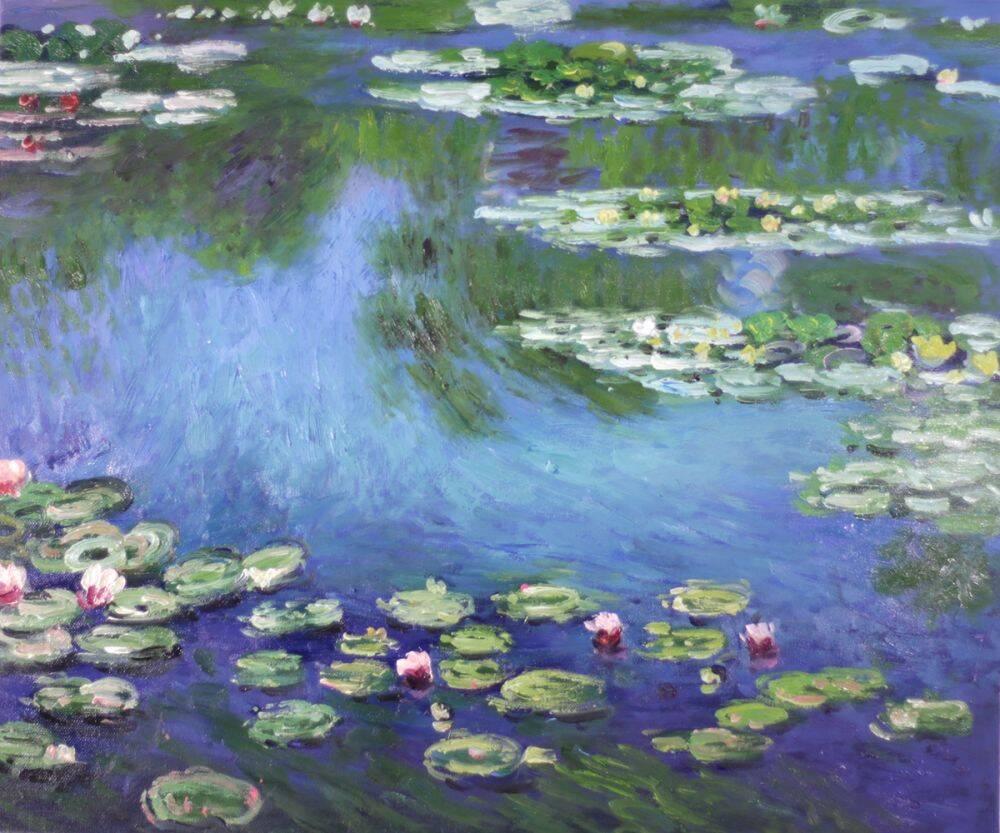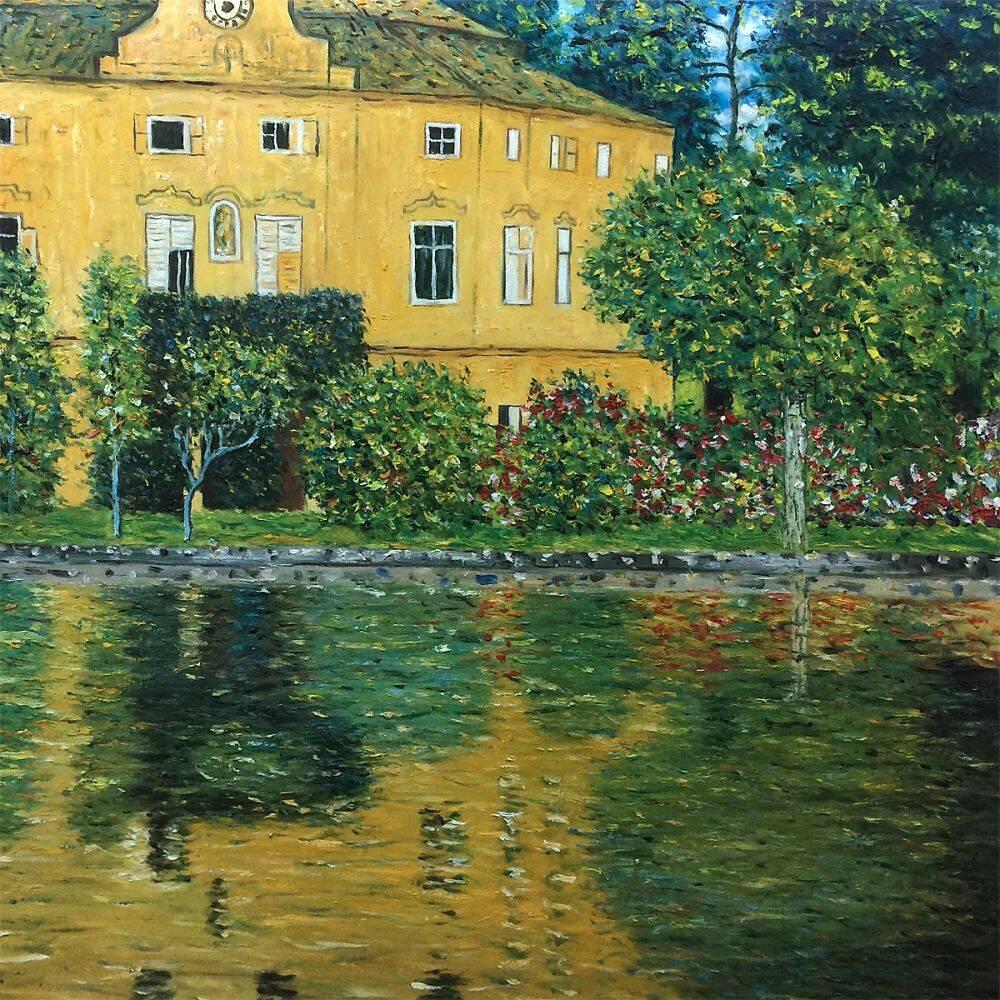Art
Art & Decor Trends
Art Reflections
Hot new artists
Production of Art: Contemporary Versus Impressionist Masters
An increasing rejection by major galleries of assistant produced artwork is calling the definition of “Original Art” into question. During the Renaissance this wasn’t a real problem, but the Impressionists (often called the forefathers of the contemporary movement) would be appalled.
Master artists, such as Michaelangelo and DaVinci, often employed assistants to add onto large production works so that deadlines would be met. If you were a rich artist, the assistants were a sort of unspoken requirement to show how much of a master artist you were. Think of all the work put into the production of the Sistine Chapel. That is what the process was–production. By the 1800s, a renegade group of artists known as the Impressionists went against the status quo, constructing group shows of their own outside of the Salon and taking on apprentices but never laborers to mass produce their artwork.
 Mary Cassatt is known for praising Edgar Degas, and the other Impressionists, for giving her guidance in a time when her work was shunned because she was simply a woman. Degas invited Cassatt to show with the Impressionists in 1879. Cassatt said this about Degas’ influence, “It changed my life. I saw art then as I wanted to see it.” Degas extended his passion for dance as subject matter with Renoir, among others.
Mary Cassatt is known for praising Edgar Degas, and the other Impressionists, for giving her guidance in a time when her work was shunned because she was simply a woman. Degas invited Cassatt to show with the Impressionists in 1879. Cassatt said this about Degas’ influence, “It changed my life. I saw art then as I wanted to see it.” Degas extended his passion for dance as subject matter with Renoir, among others.
Pierre-Auguste Renoir practiced plein air painting with Claude Monet, learning about light and its effects on elements of nature. After working with Monet in 1868, Renoir’s palette moved from a heavy impasto, dark color to lighter rendering of color and fluid motion. La Grenouillere was painted by Monet and Renoir in 1869.
For an impressionist to paint from nature is not to paint the subject, but to realize sensations, -Paul Cezanne
Cezanne may have also captured an essential component of what most of us identify with as “Art.” The capturing of sensation is the elusive dance between the concept in the painter’s mind, the paintbrush and canvas, and the viewer. Subtracting the mystery of this dance from the equation is like saying everything equals zero. Problem solved. A piece of art made by the master artist’s very own “apprentice!”
Indeed, with reality television getting in on the mix (Work of Art and Art Star, airing on Bravo), we see true artists race to be America’s Next Top Artist. Behind the scenes tells a different story. In an interview with “Life After Reality TV” Gigi Chen and Jaclyn Santos shared their experiences of being apprentices to famous, unnamed contemporary artists before their TV debut. Of course both art stars were cautionary to say only “highly complementary things” about their experiences, but reviewer David Pierce shares his perception of repressed anxiety from the young artists. Though Chen seems to be encouraged to pursue an undergraduate degree in the subject, Santos seems to have served more of a production artists role, never having any real contact with the artist behind the false signature.
Pierce addresses the issue thusly, “Many of today’s high profile artists employ teams of assistants who would otherwise be looking for work elsewhere or perhaps working in food service and other professions that do not resemble their ambitions. It is also important to note that an individual or a smaller team could never execute their impressive and ambitious works. However, you get the sense when speaking with artists who work for larger, high profile studios that the experience is closer to that of a production artist. Their {There} seems to be a purveying sense of anonymity in their labor and it seems that their employers do little to advance or foster the careers of the artists who give them their talents.”
An assistant to Damien Hirst said that she “can’t think of anything worse” than having an assistant herself. She added that “I only paint for my own needs, not to fulfill anyone else’s,” in a Wall Street Journal interview.
And so we move from art collective to art conveyer belt. An “apprenticeship” in fine art production may be preferable to years in food service. Contemporary master artist Koons, who employs over 150 assistants, provides his artists with health insurance. Art assistants who may or may not meet these contemporary master artists report payroll at $20-25 an hour. Practice does make perfect, right?
